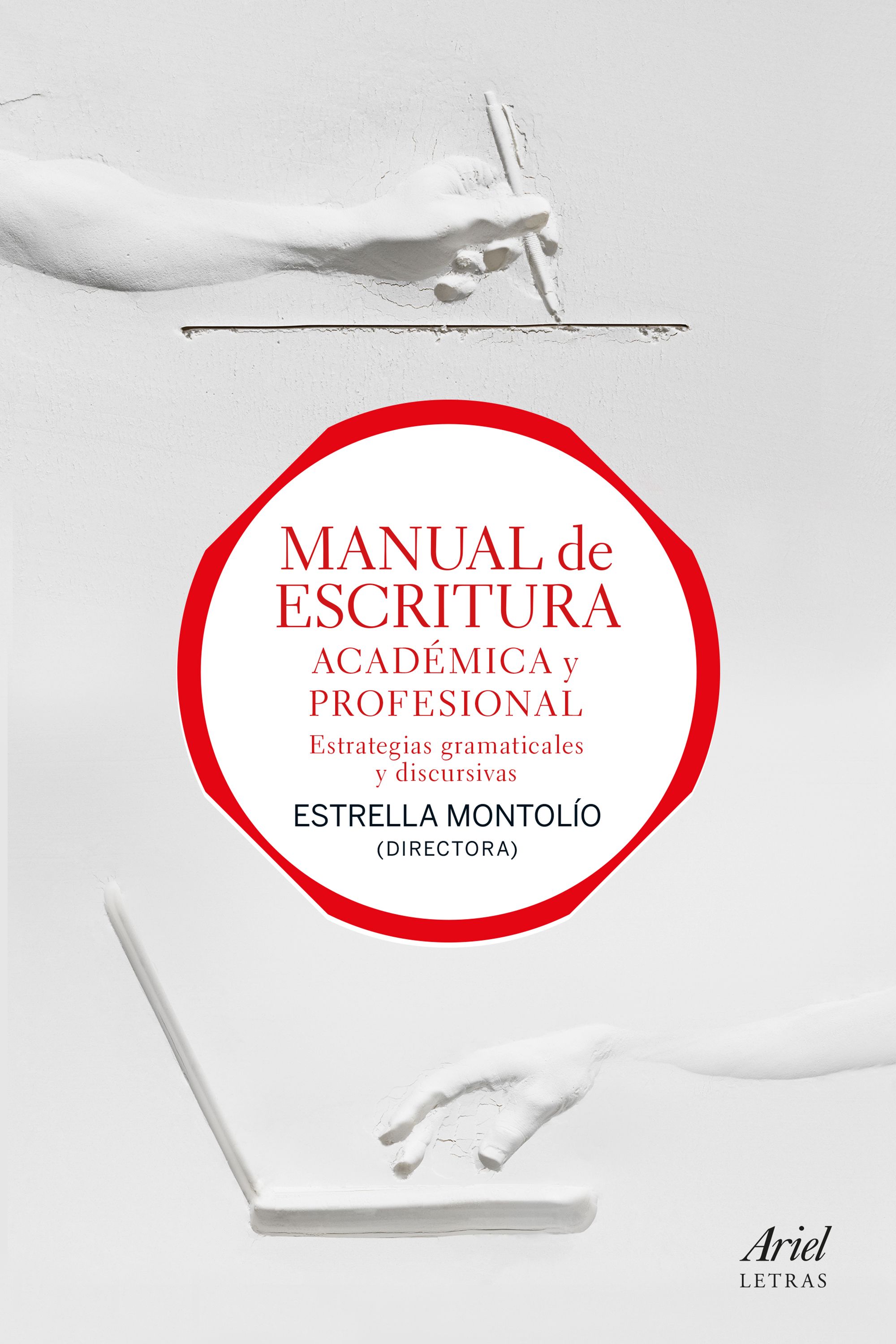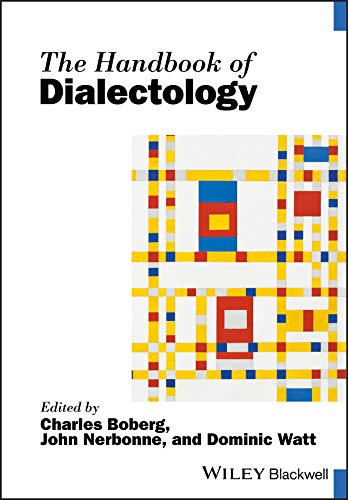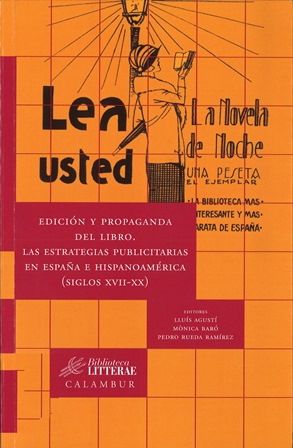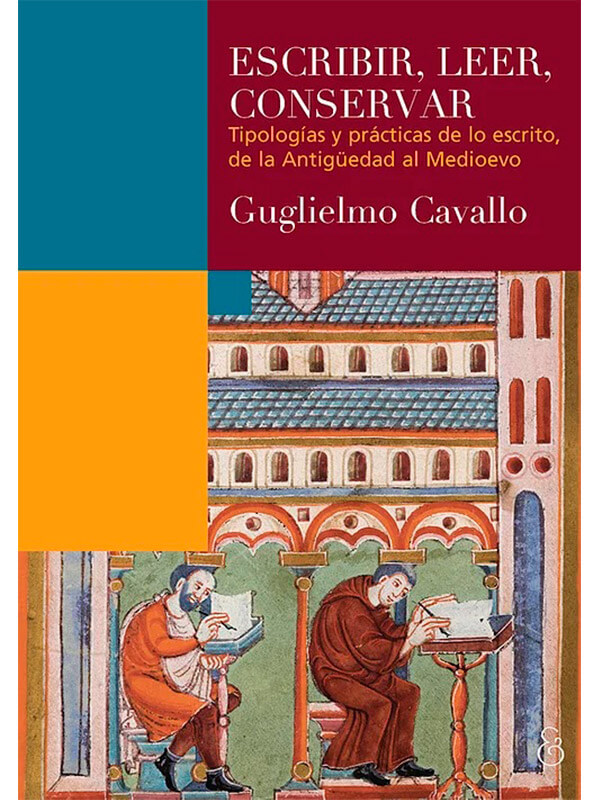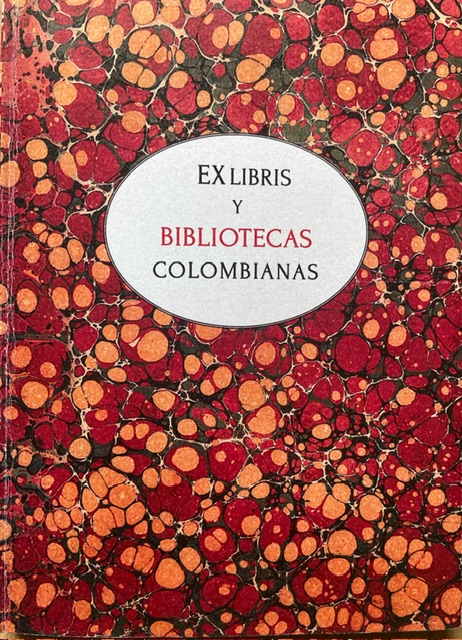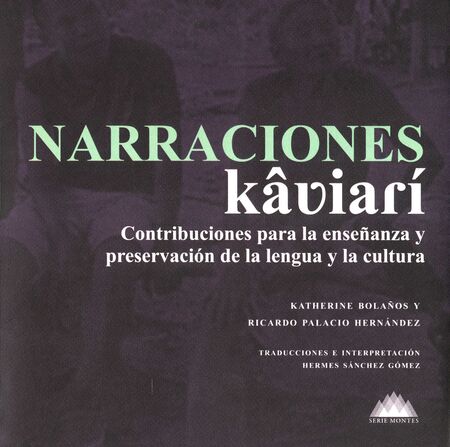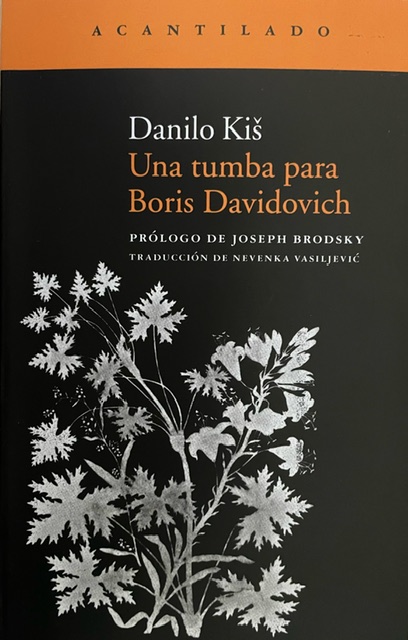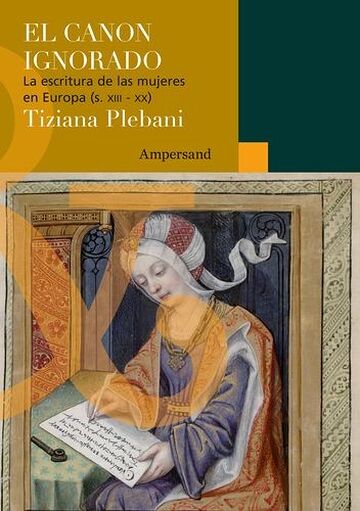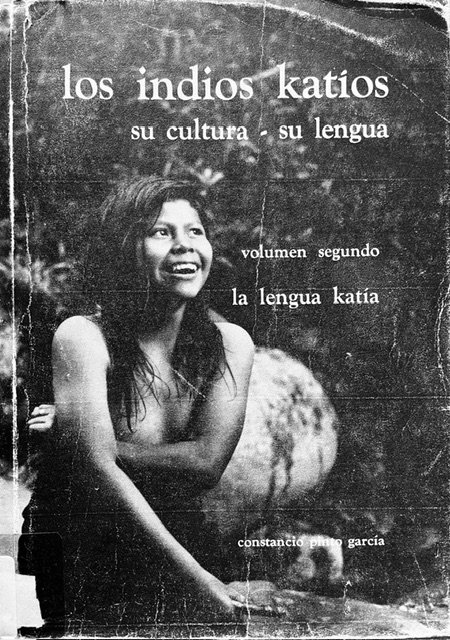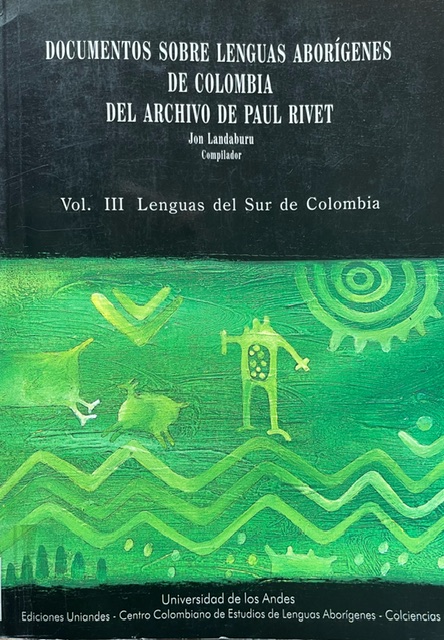Introduction to public history: interpreting the past, engaging audiences / Cherstin M. Lyon, Elizabeth M. Nix, Rebecca K. Shrum
Tipo de material: TextoIdioma: Inglés Series Public history. Historical interpretationDetalles de publicación: Lanham, Estados Unidos: Nueva York, Estados Unidos: Londres, Inglaterra: Rowman & Littlefield, 2017Descripción: xi, 187 páginas; imágenes, fotografías; 25 cmISBN:
TextoIdioma: Inglés Series Public history. Historical interpretationDetalles de publicación: Lanham, Estados Unidos: Nueva York, Estados Unidos: Londres, Inglaterra: Rowman & Littlefield, 2017Descripción: xi, 187 páginas; imágenes, fotografías; 25 cmISBN: - 9781442272224
- 22 907.2 L991
| Tipo de ítem | Biblioteca actual | Colección | Signatura topográfica | Copia número | Estado | Notas | Fecha de vencimiento | Código de barras | |
|---|---|---|---|---|---|---|---|---|---|
| Libros | Sede Yerbabuena | Colección General | 907.2 L991 | ej. 1 | Disponible | tmt53 | 500082486 |
1. Introducing Public History. -- 2. Thinking Historically. -- 3. Interpreting the Past Case Study: The Baltimore ’68 Project. -- 4. Collecting. -- 5. Interpreting and Exhibiting History. -- 6. Engaging Audiences. -- 7. Engaging Audiences: Case Studies from the Field. -- 8. Putting Public History to Work in Your World
Introduction to Public History: Interpreting the Past, Engaging Audiences is a brief foundational textbook for public history. It is organized around the questions and ethical dilemmas that drive public history in a variety of settings, from local community-based projects to international case studies. This book is designed for use in undergraduate and graduate classrooms with future public historians, teachers, and consumers of history in mind.
The authors are practicing public historians who teach history and public history to a mix of undergraduate and graduate students at universities across the United States and in international contexts. This book is based on original research and the authors’ first-hand experiences, offering a fresh perspective on the dynamic field of public history based on a decade of consultation with public history educators about what they needed in an introductory textbook. Each chapter introduces a concept or common practice to students, highlighting key terms for student review and for instructor assessment of student learning. The body of each chapter introduces theories, and basic conceptual building blocks intermixed with case studies to illustrate these points. Footnotes credit sources but also serve as breadcrumbs for instructors who might like to assign more in-depth reading for more advanced students or for the purposes of lecture development. Each chapter ends with suggestions for activities that the authors have tried with their own students and suggested readings, books, and websites that can deepen student exposure to the topic
Geografía e historia




